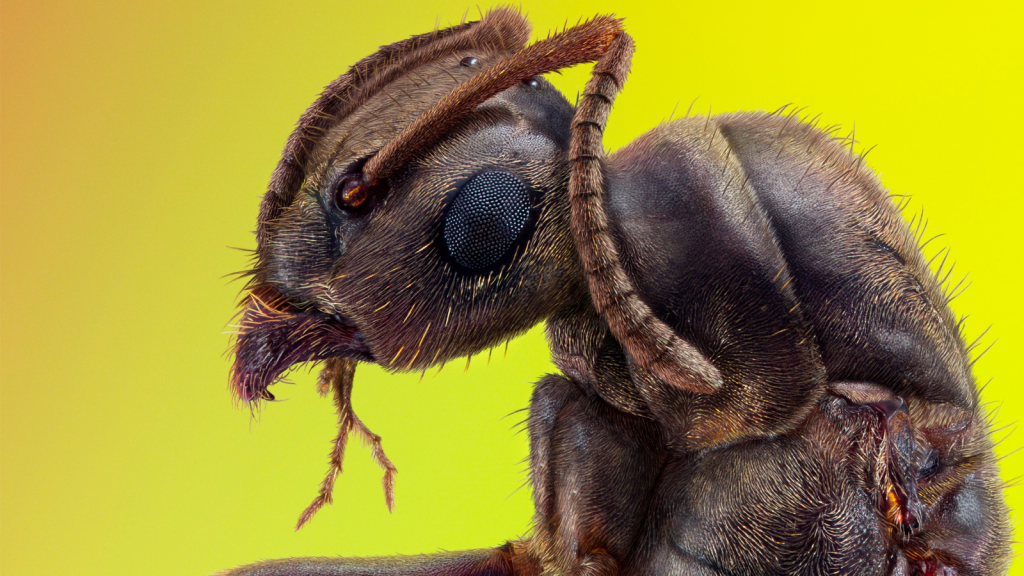Ants are some of the most fascinating creatures on our planet, living in complex societies that rival our own in many ways. These tiny insects have been around for millions of years, evolving into over 12,000 known species. Their colonies are marvels of nature, showcasing incredible teamwork, communication, and adaptability. From their intricate underground networks to their impressive strength, ants never fail to amaze. Get ready to be astounded by these 18 mind-blowing facts about ant colonies that will change the way you look at these remarkable little beings.
The Superorganism
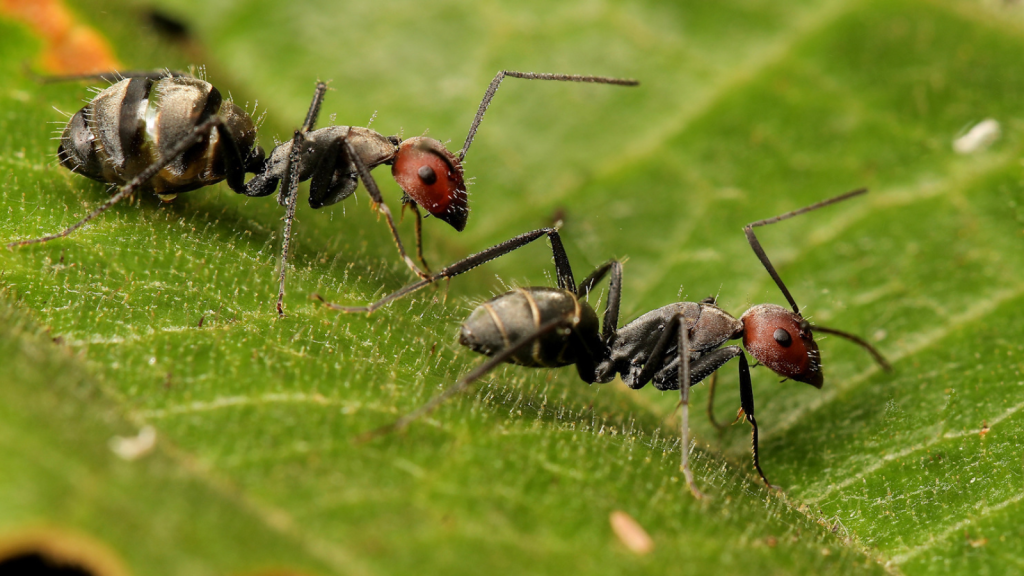
Ant colonies function as a single unit, often referred to as a superorganism. Each ant has a specific role, working together seamlessly for the good of the colony. This level of cooperation is so advanced that some scientists compare it to the cells in a human body. The colony can adapt to changes in the environment by shifting the roles of its members, ensuring survival in challenging conditions.
The Mighty Queen
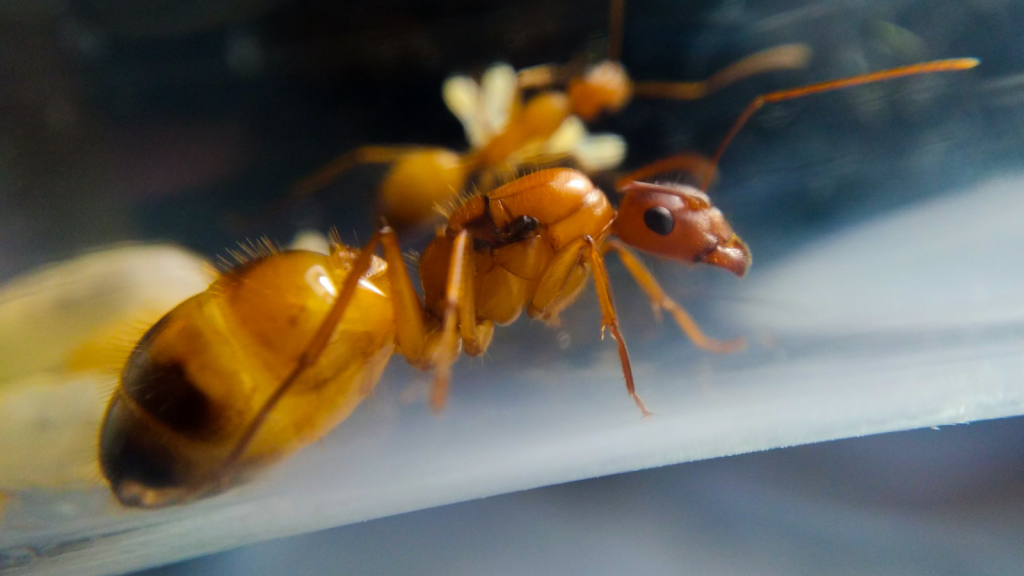
At the heart of every ant colony is the queen, who can live for up to 30 years. She’s responsible for laying all the eggs, sometimes producing millions of offspring in her lifetime. In some species, a single queen can lay up to 300,000 eggs in a day! The queen’s incredible longevity and fertility are made possible by special diets and constant care from worker ants.
The Hardworking Workers

Worker ants, all female, make up the majority of the colony. They build and maintain the nest, gather food, and care for the young. These tireless insects can lift up to 50 times their own body weight and can travel up to 300 metres from their nest in search of food. Worker ants also have specialized roles within the colony, such as foragers, nurses, and defenders, each contributing to the overall success of their society.
The Short-Lived Males
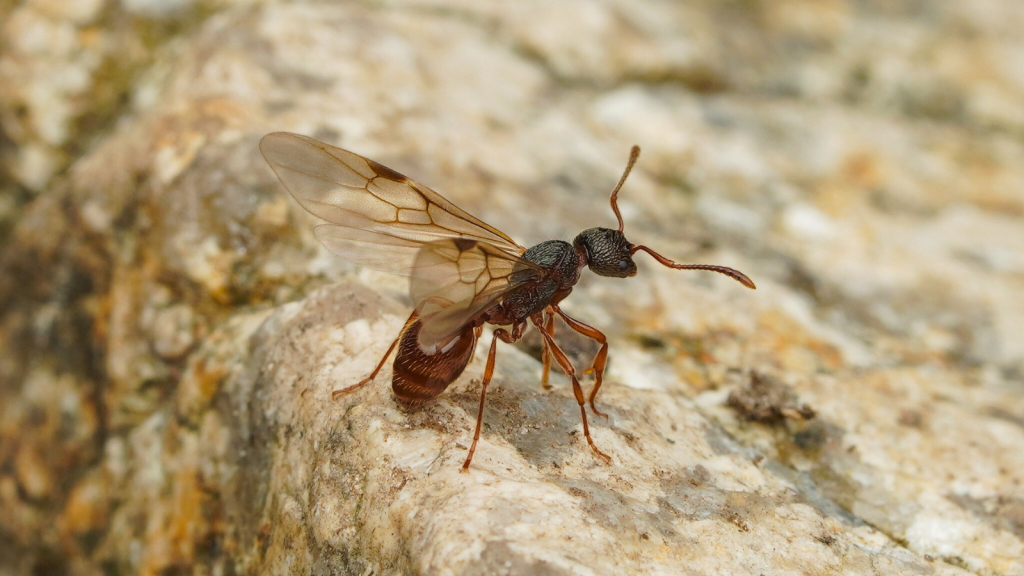
Male ants have a rather sad existence. Their sole purpose is to mate with new queens, after which they quickly die. They typically live for only a few weeks and don’t participate in any colony work. Male ants are born with wings, which they use during mating flights to find queens from other colonies, ensuring genetic diversity.
The Incredible Strength
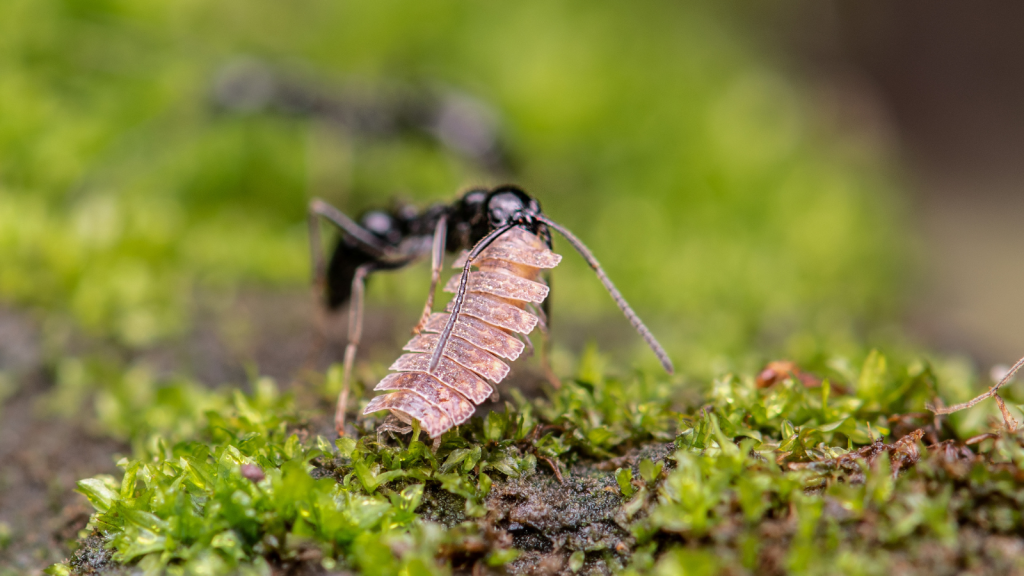
Ants can carry objects up to 50 times their own body weight. If humans had this strength, we’d be able to lift a double-decker bus! This extraordinary power helps them transport food and building materials back to their colony. Ants achieve this feat through their exoskeleton, which provides a strong framework for their muscles, allowing them to exert tremendous force relative to their size.
The Advanced Agriculture
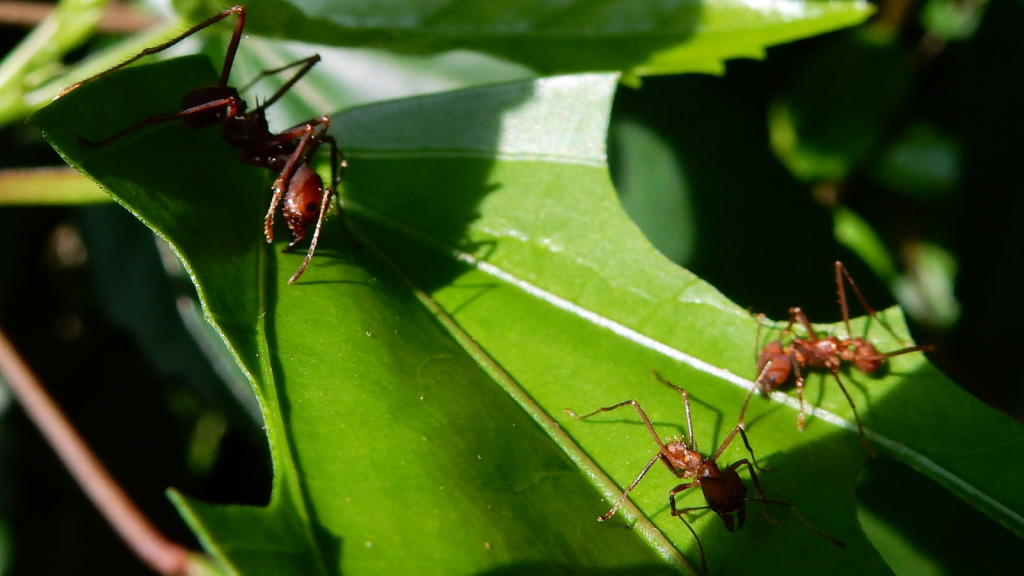
Some ant species, like leafcutter ants, are expert farmers. They cultivate fungus gardens underground, feeding them with freshly cut leaves. This fungus serves as the primary food source for the entire colony. Leafcutter ants have been practicing this form of agriculture for over 50 million years, long before humans developed farming techniques.
The Remarkable Architecture
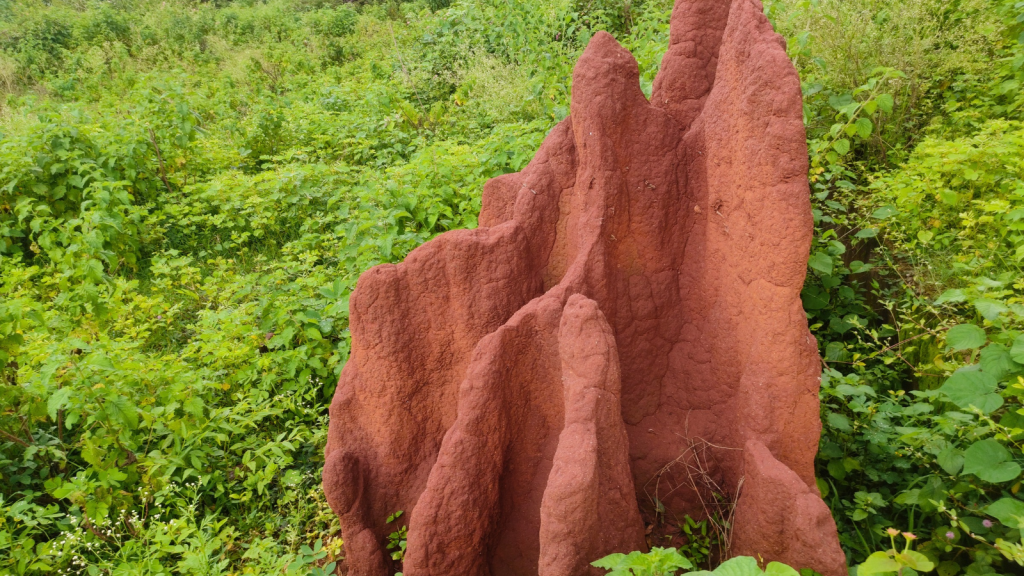
Ant nests are engineering marvels. Some species build intricate underground cities with chambers, tunnels, and even ventilation systems. The largest known ant colony stretched over 3,700 miles across Europe! These complex structures often include specialized chambers for food storage, nurseries for young, and even waste management areas.
The Chemical Communication
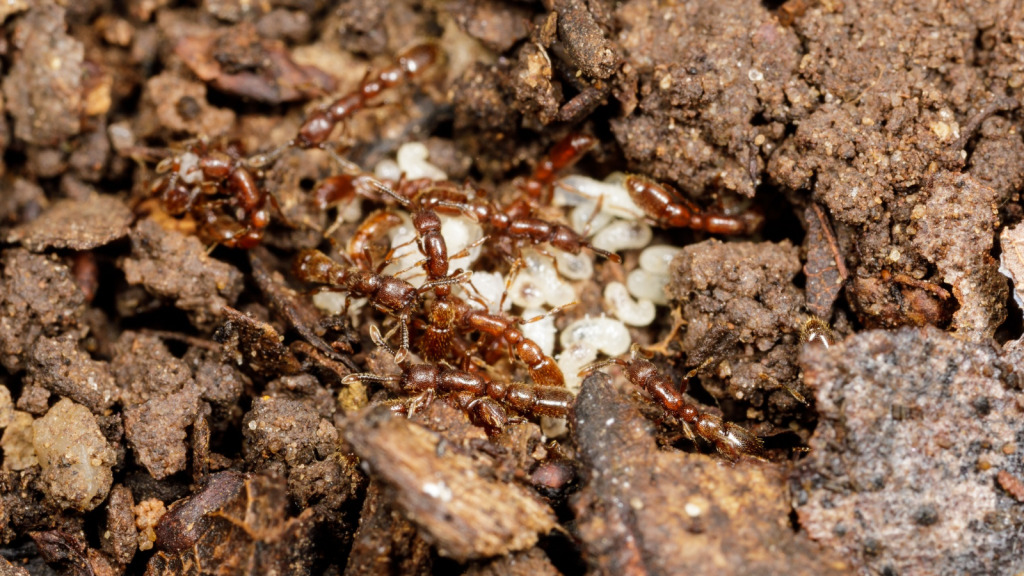
Ants communicate primarily through pheromones, chemical signals they leave behind as trails. These scents can alert other ants to danger, food sources, or even the death of the queen. Ants can produce and detect a wide variety of pheromones, allowing for nuanced and efficient communication within the colony.
The Floating Rafts
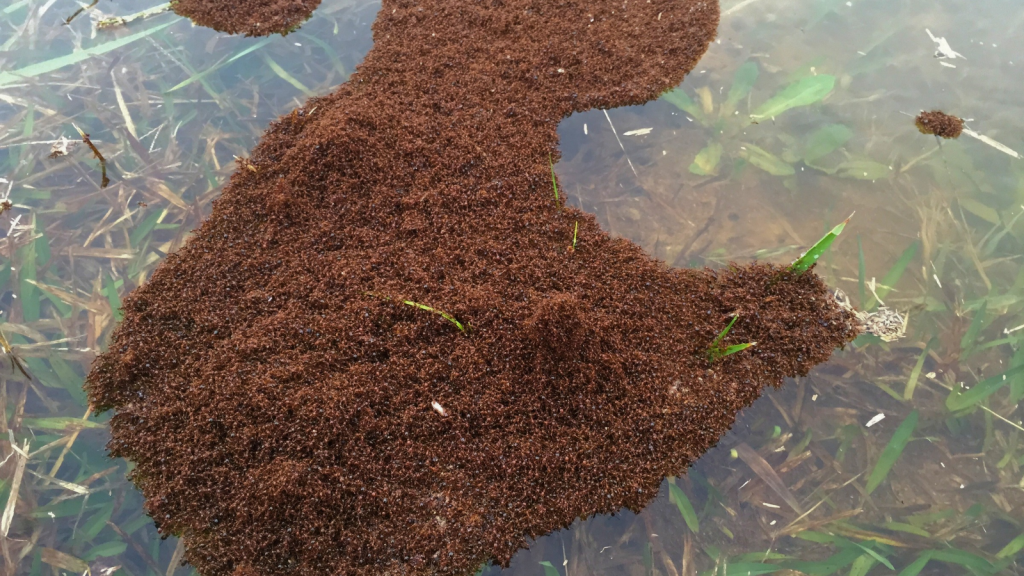
Some ant species can survive floods by creating living rafts. They link their bodies together, trapping air bubbles underneath to keep the colony afloat for weeks at a time. This remarkable behaviour has been observed in fire ants, which can form rafts of up to 100,000 individuals, protecting the queen and larvae at the centre.
The Slave-Making Ants
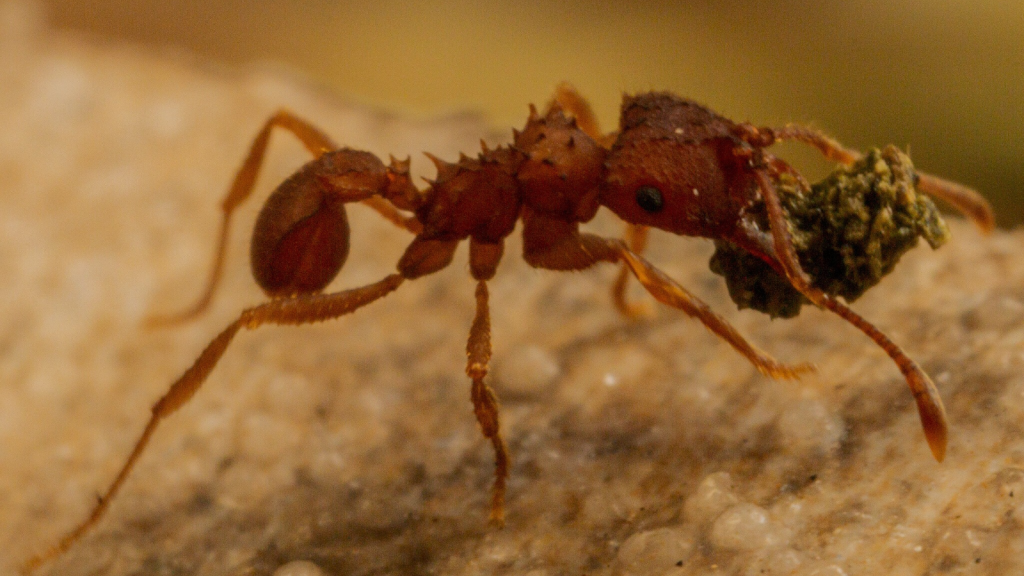
Certain ant species raid other colonies and steal their pupae. These kidnapped ants grow up to become ‘slave’ workers in their new colony, unaware they’re not with their original family. This behaviour, known as dulosis, is found in about 50 ant species worldwide, with some being completely dependent on slave labour for survival.
The Exploding Defenders
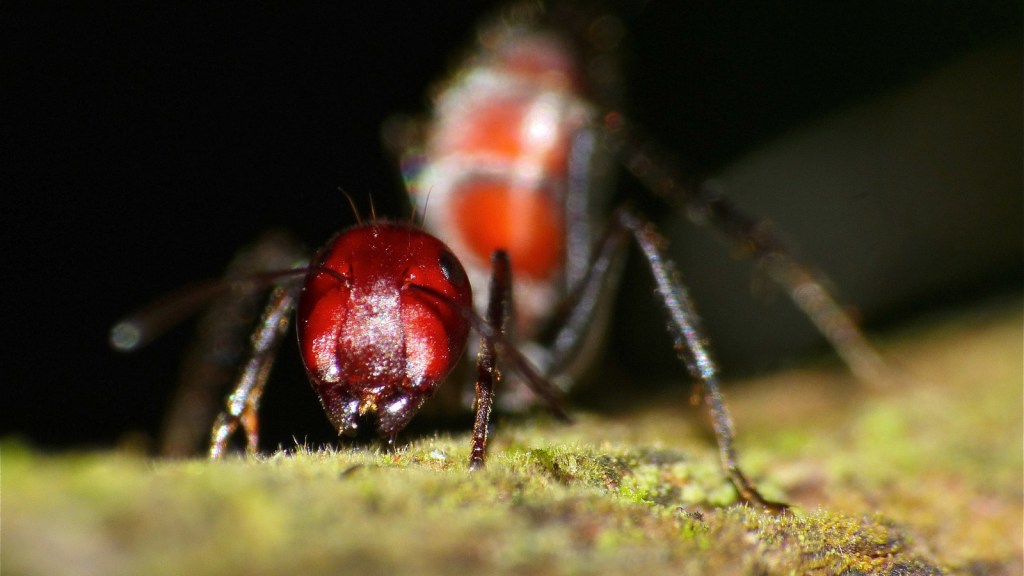
Some ant species have developed a unique defence mechanism. When threatened, they can cause their abdomens to explode, covering their attackers in a sticky, toxic substance. This self-sacrificing behaviour, found in the aptly named ‘exploding ants’ of Southeast Asia, helps protect the colony from predators and rival ants.
The Living Bridges

Army ants create incredible living bridges using their own bodies. This allows the colony to cross gaps and obstacles quickly and efficiently during their migrations. These bridges can form and disassemble in seconds, with ants constantly adjusting their positions to maintain the structure’s stability and efficiency.
The Ant Cemeteries
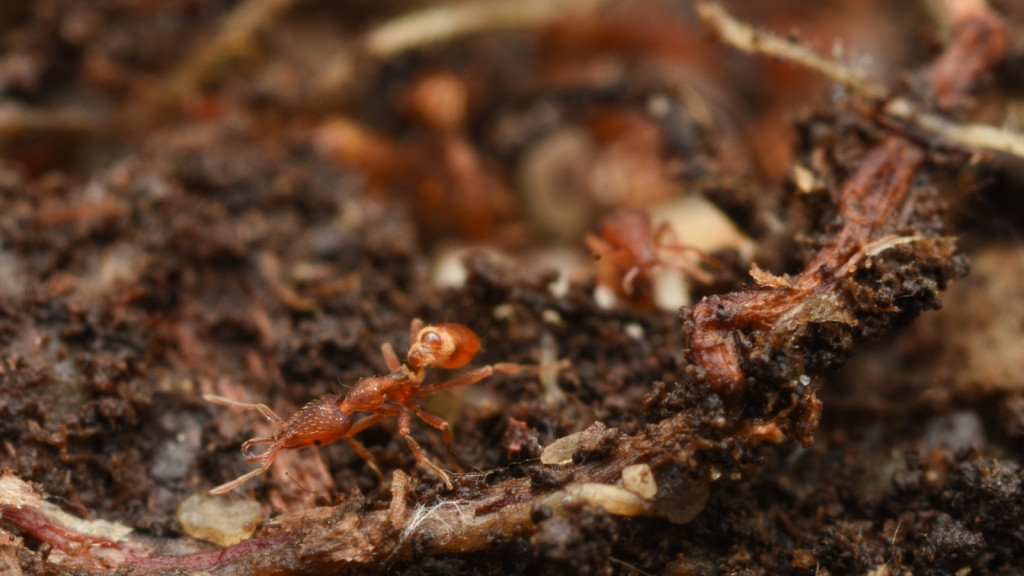
Ants are one of the few animals besides humans that bury their dead. They have specific areas in their colonies dedicated to disposing of deceased members, helping prevent the spread of disease. Some species even treat their dead with antimicrobial substances before burial, further protecting the colony from potential pathogens.
The Aphid Farmers
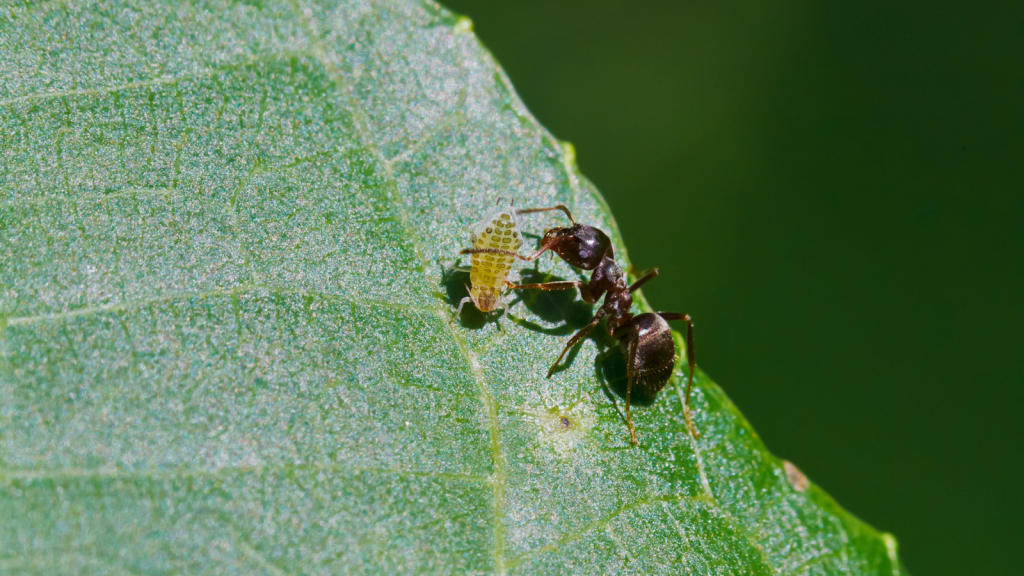
Some ant species ‘farm’ aphids, protecting them from predators and ‘milking’ them for a sweet substance called honeydew. It’s a mutually beneficial relationship that’s existed for millions of years. Ants have been observed transporting aphids to new feeding sites and even maintaining aphid eggs in their nests during winter months.
The Trap-Jaw Speed
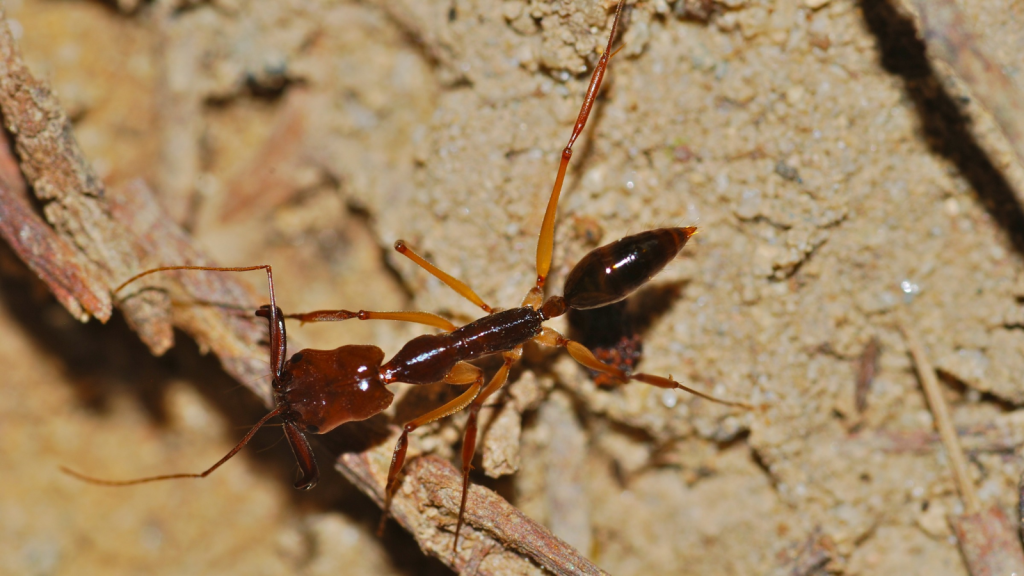
Trap-jaw ants have the fastest-moving predatory appendages in the animal kingdom. Their mandibles can snap shut at speeds of up to 140 mph – that’s faster than the blink of an eye! These powerful jaws are not only used for catching prey but also for propelling the ant into the air to escape predators, showcasing a dual-purpose adaptation.
The Ant Medications

Ants have been observed using antimicrobial substances to treat their nests and even themselves. They collect resin from trees, which has antibacterial properties, to protect their colonies from infections. Some species of ants also produce their own antibiotics, secreting them from glands to combat harmful microorganisms in their environment.
The Navigational Skills
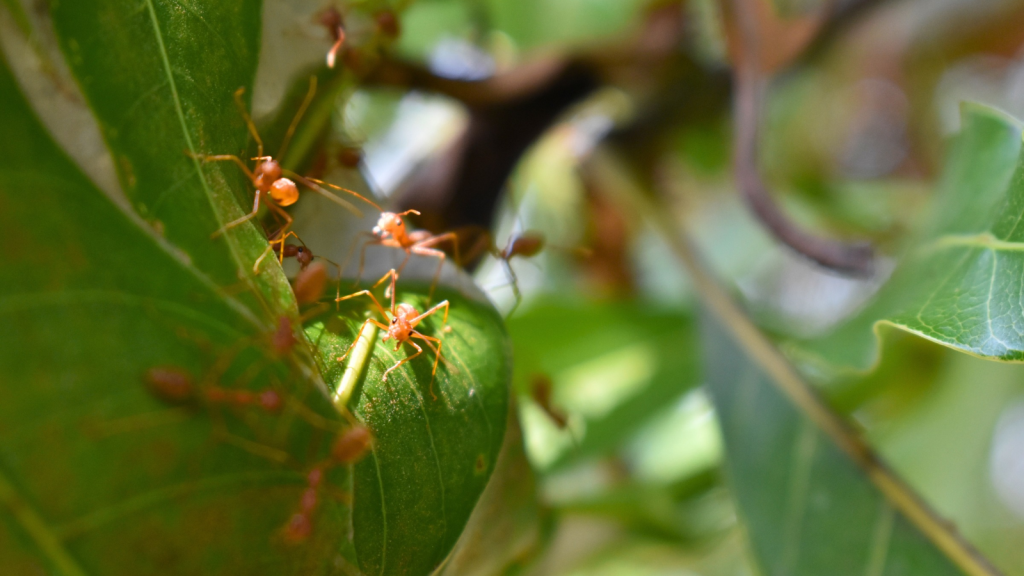
Desert ants have an incredible ability to find their way home. They can count their steps and use the position of the sun to navigate across vast, featureless landscapes. These ants also possess an internal magnetic compass, allowing them to maintain their direction even on cloudy days when the sun isn’t visible.
The Ant Democracy
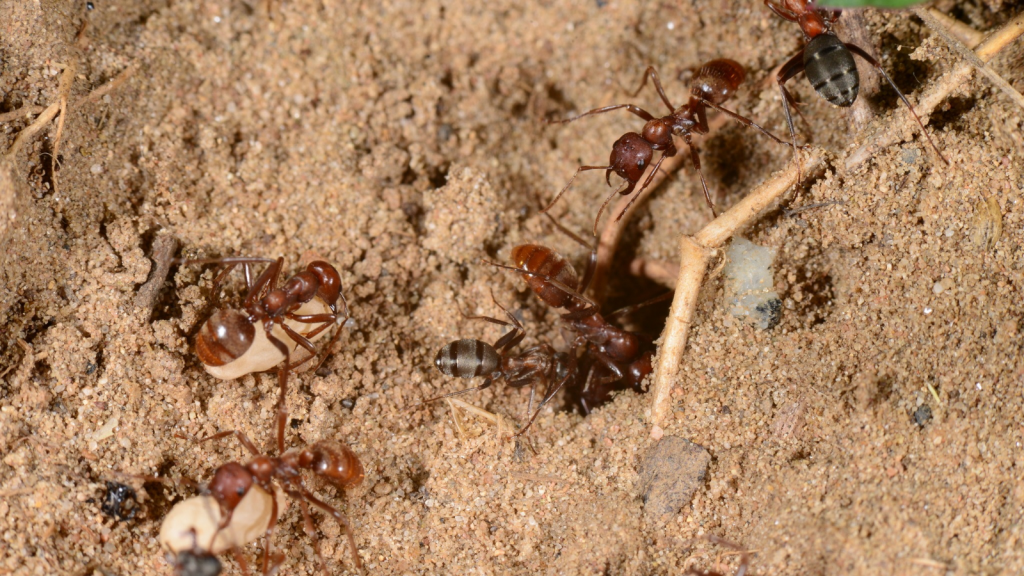
Some ant colonies make collective decisions through a process similar to how we vote. When choosing a new nest site, scout ants ‘vote’ by leading others to potential locations until a consensus is reached. This democratic process ensures that the colony makes the best possible decision for its future, with the ‘votes’ of multiple ants contributing to the final choice.
Becky is a fervent wildlife enthusiast and pet care expert with a diploma in canine nutrition. Her love for animals stretches beyond the domestic, embracing the wild tapestry of global fauna. With over a decade of experience in animal welfare, Becky lends her expertise to OutlandishOwl through insightful articles, captivating wildlife information, and invaluable guidance on pet nutrition. Her work embodies a deep commitment to understanding the intricate lives of animals and a passion for educating others on sustaining natural habitats. Becky's hands-on conservation efforts and her knack for translating complex dietary science into practical pet feeding tips make her an indispensable voice for creatures great and small.

